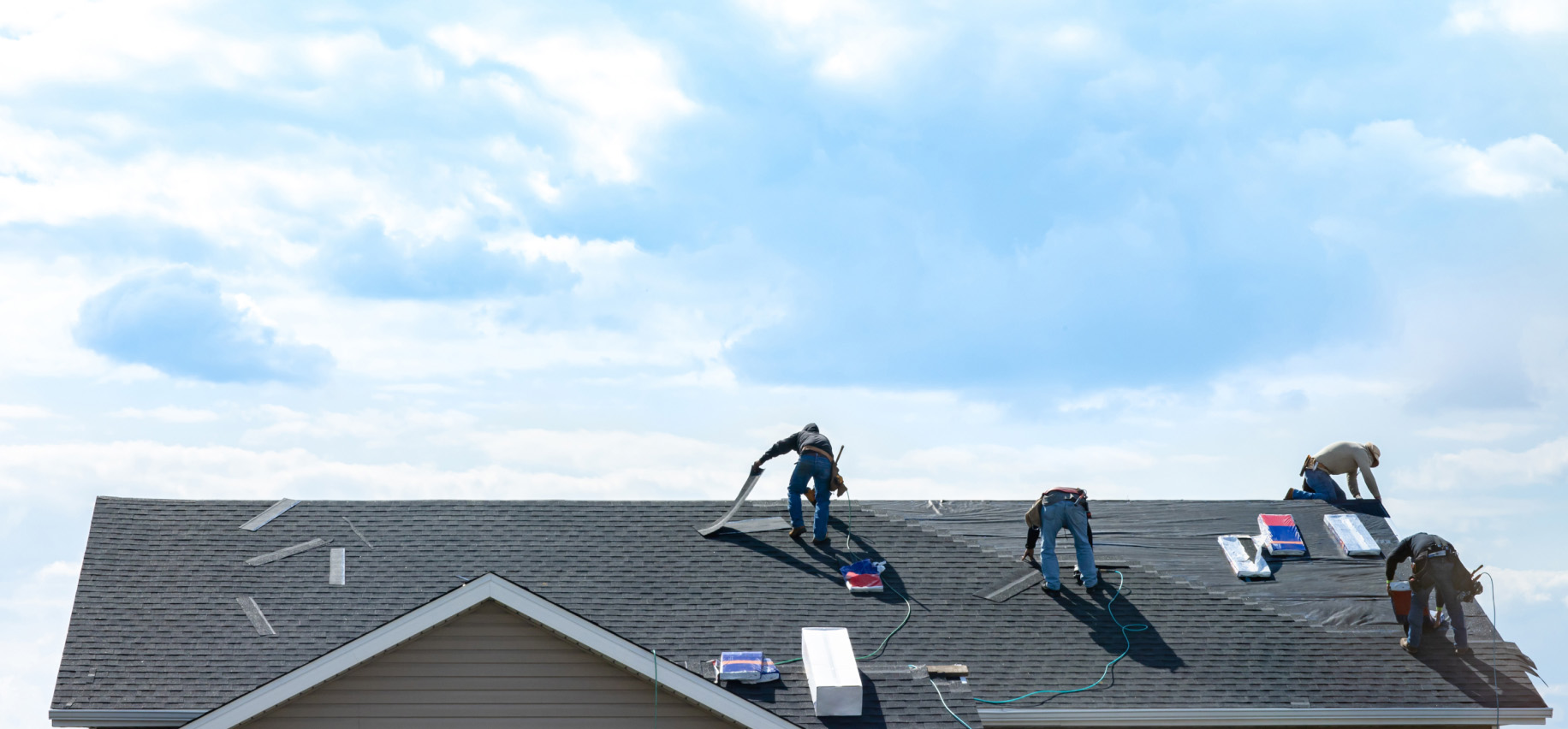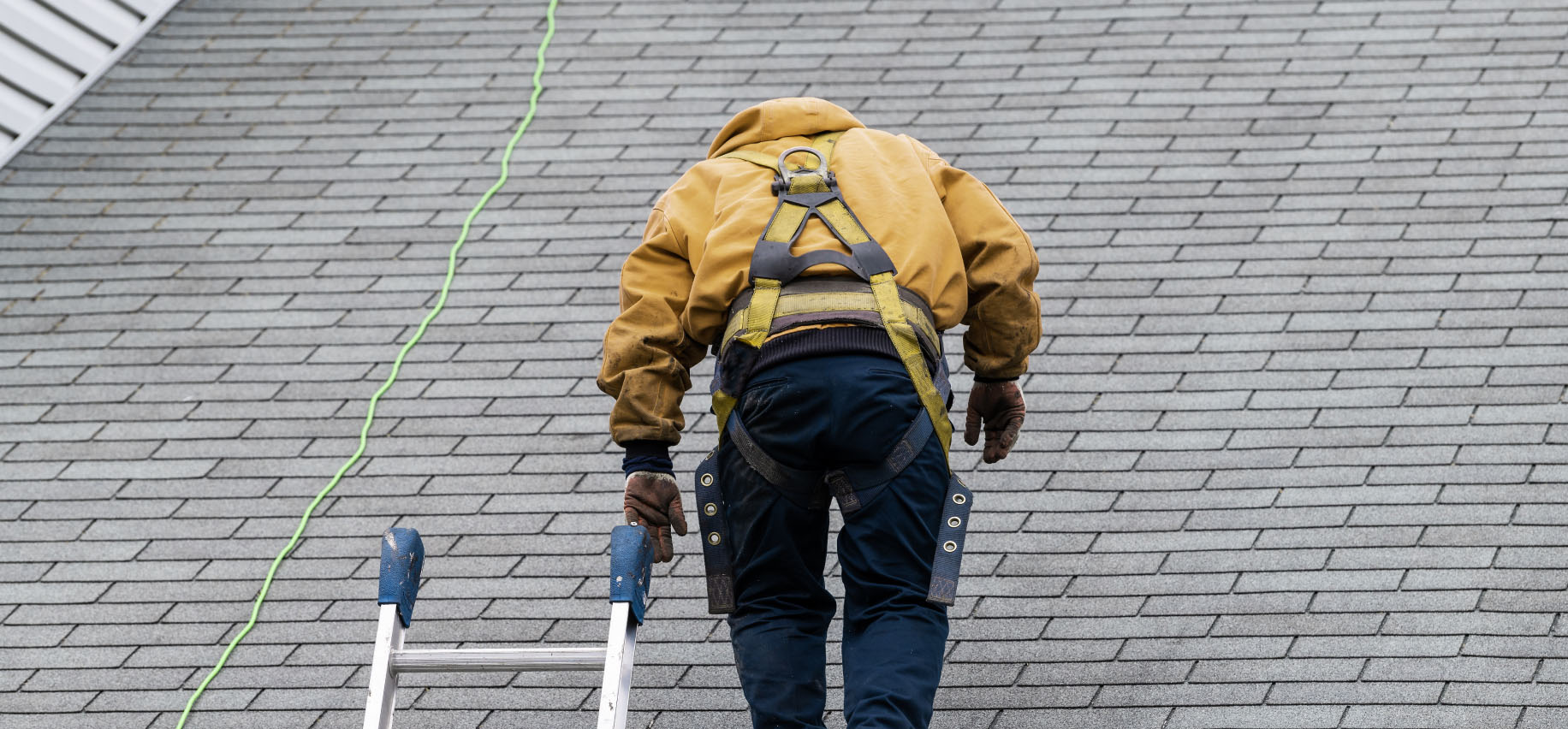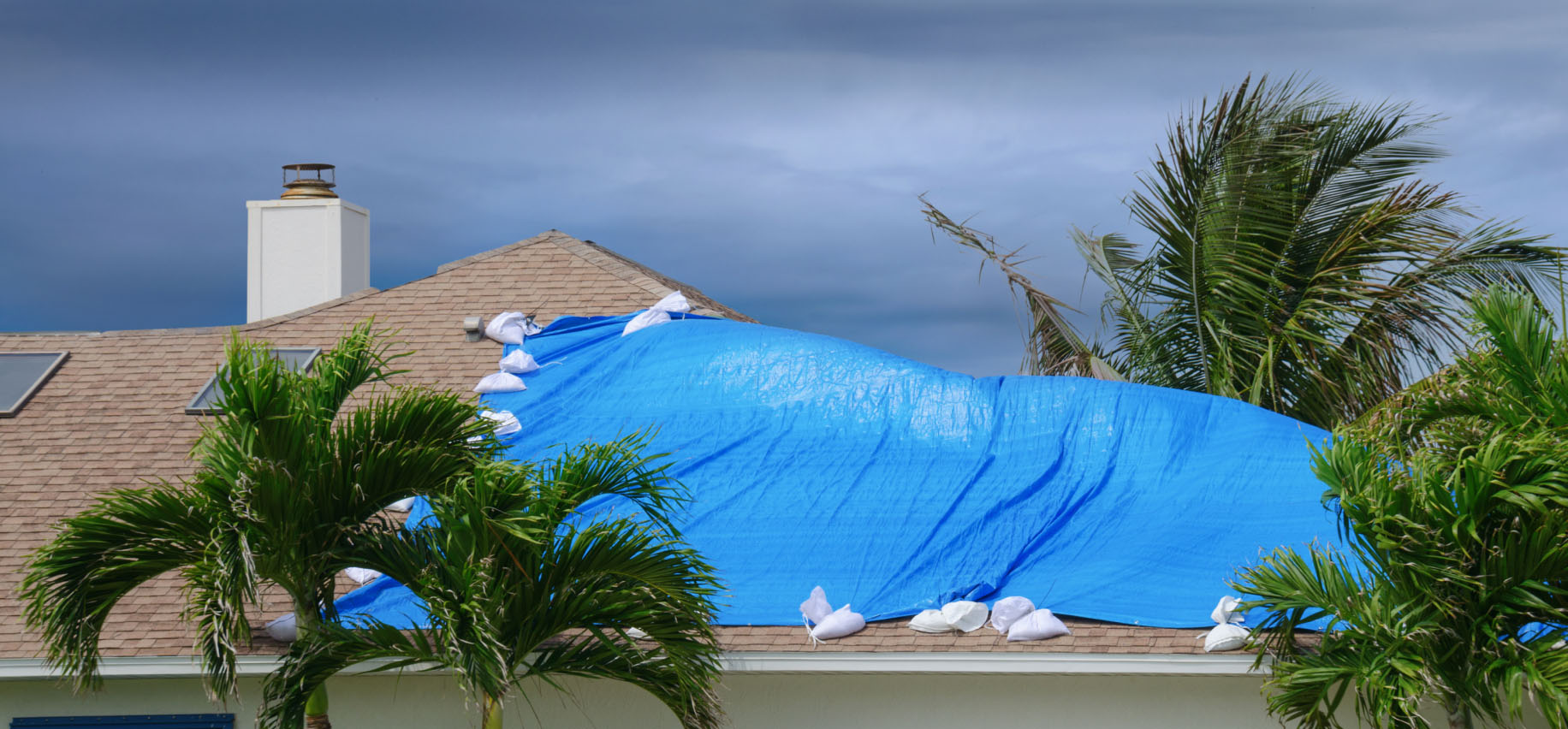
Home / Services / Roof Repairs

Hurricane season in Florida is no joke, especially for homeowners in hurricane-prone areas like Naples. Preparing your roof before the storm hits can make all the difference between minor repairs and extensive damage. In this guide, we’ll walk you through essential steps to get your roof hurricane-ready, helping you protect your home and your peace of mind.
Naples, FL, is no stranger to the devastating effects of hurricanes. With Florida’s frequent storms and unpredictable weather patterns, roof preparation is more than just a precaution—it’s a necessity. Taking proactive steps to strengthen and secure your roof can prevent costly damage, protect your home, and ensure your family’s safety during hurricane season.
The first step in preparing your roof for hurricane season is to schedule a professional roofing inspection. A thorough inspection by a roofing expert can identify potential weak spots, such as loose shingles, damaged tiles, or worn-out flashing, that could fail under the pressure of high winds and heavy rain.
Why It’s Important:
Professional roofers have the expertise to spot issues that might not be visible to the untrained eye. They’ll assess the overall condition of your roof, check for any signs of wear and tear, and recommend necessary repairs or reinforcements to ensure your roof is hurricane-ready.
Debris on your roof and clogged gutters can lead to water buildup and increased pressure on your roof during a hurricane. It’s essential to clear any leaves, branches, or dirt from your roof and gutters to ensure proper water drainage.
Why It’s Important:
Clogged gutters can cause water to overflow and pool on your roof, leading to leaks and structural damage. Additionally, debris can become airborne during high winds, potentially causing further damage to your roof or property.
Tips for Clearing Debris:

Loose roofing materials are a major concern during hurricanes, as they can be ripped off by high winds, leaving your home vulnerable to water damage. Inspect your roof for any loose shingles, tiles, or metal panels, and secure them immediately.
Why It’s Important:
Even a single loose shingle or tile can create a weak spot on your roof, leading to significant damage during a storm. Securing these materials is crucial to maintaining the integrity of your roof.
Pro Tip:
For the best results, hire a professional roofer to ensure all roofing materials are securely fastened and ready to withstand hurricane-force winds.
Overhanging trees and branches can pose a serious threat to your roof during a hurricane. High winds can cause branches to break off and crash onto your roof, potentially causing significant damage.
Why It’s Important:
Trimming nearby trees and branches reduces the risk of them falling onto your roof during a storm. This simple step can prevent major roof damage and keep your home safer during hurricane season.
Local Advice:
In Naples, FL, it’s advisable to trim trees and branches regularly, especially before hurricane season begins. Consider hiring a professional arborist for large branches or trees close to your home.
Roof flashing is a critical component that helps prevent water from seeping into your home at joints, seams, and other vulnerable areas. Before hurricane season, inspect your roof flashing for any signs of damage or wear, and reinforce it as needed.
Why It’s Important:
Damaged or improperly installed flashing can lead to leaks during heavy rain, which can cause extensive water damage to your home’s interior. Reinforcing flashing ensures a watertight seal, providing added protection during a storm.
Expert Tip:
Have a professional roofer assess and reinforce your roof flashing to ensure it’s in top condition and capable of withstanding Florida’s severe weather.

Hurricane straps or clips are metal connectors that attach your roof to the walls of your home, significantly increasing its resistance to high winds. Installing these straps can make a substantial difference in how well your roof holds up during a hurricane.
Why It’s Important:
Hurricane straps help distribute wind forces more evenly across your roof, reducing the likelihood of uplift and ensuring your roof stays intact during extreme weather.
Call to Action:
Contact a local roofing expert in Naples, FL, to assess whether hurricane straps are needed for your home and to handle the installation if necessary.
Before hurricane season, it’s crucial to review your home insurance policy to ensure you have adequate coverage in the event of roof damage. Understand what is and isn’t covered, and consider taking photos of your roof as a precaution.
Why It’s Important:
Having the right insurance coverage can make a significant difference if your roof is damaged during a hurricane. Knowing your policy’s details will help you navigate the claims process more easily.
Tip:
Keep copies of your insurance policy, recent roof inspection reports, and photos of your roof in a safe, accessible place in case you need to file a claim after a storm.
After a hurricane has passed, it’s essential to have your roof inspected for any damage, even if it appears intact. Hidden issues, such as small leaks or loosened materials, can worsen over time if not addressed promptly.
Post-Hurricane Steps:
DC Roofing is here to help with post-hurricane inspections and repairs. Contact us immediately after a storm to ensure your roof is secure and any damage is promptly addressed.
Preparing your roof for hurricane season is an essential part of protecting your home in Naples, FL. By following these steps, you can minimize the risk of damage and ensure your roof is ready to withstand whatever the storm may bring.
Don’t leave your roof’s readiness to chance. Schedule a roofing inspection or consultation with DC Roofing today and let our experts help you prepare your roof for the upcoming hurricane season.


Your roof is one of the most critical components of your home, protecting you and your family from the elements.
Read More
Choosing the right roofing material for your Florida home is crucial, given the unique weather challenges the state presents.
Read More
When it comes to selecting the perfect roof for your home in Naples, FL, tile roofing stands out as a top choice due to its durability...
Read More